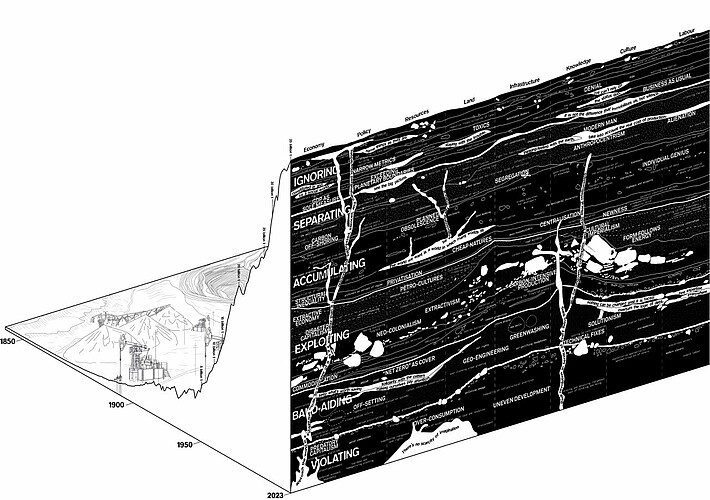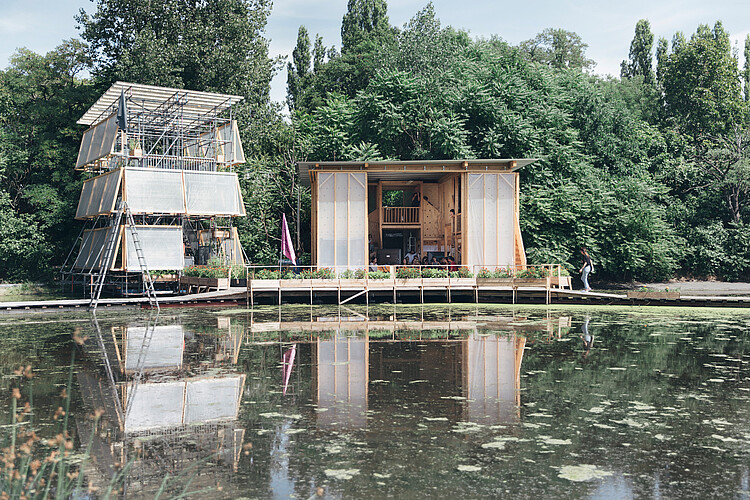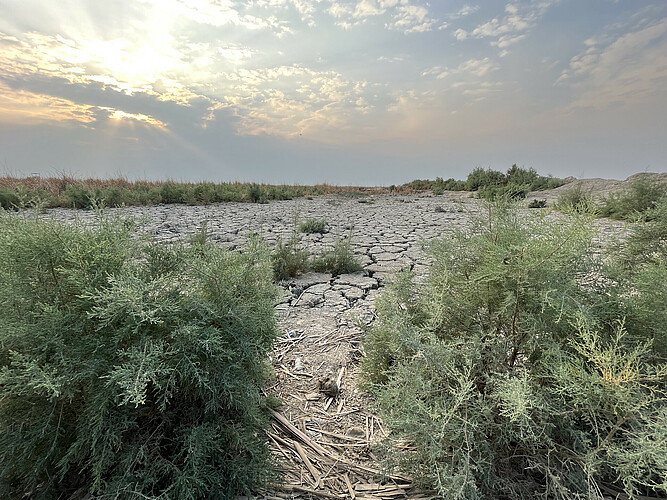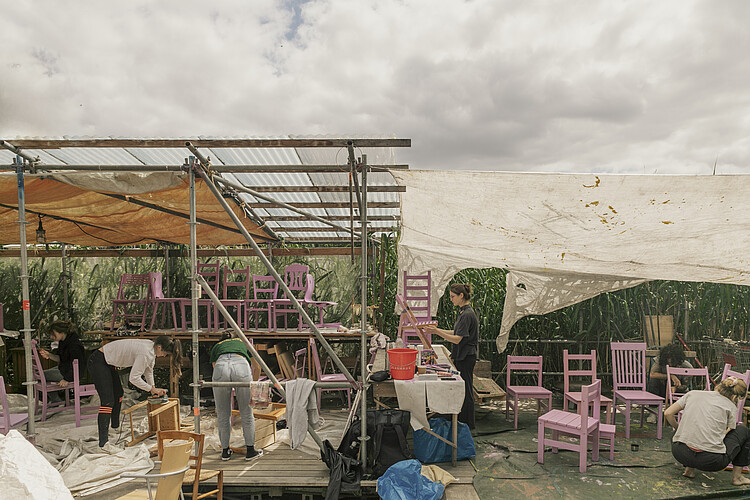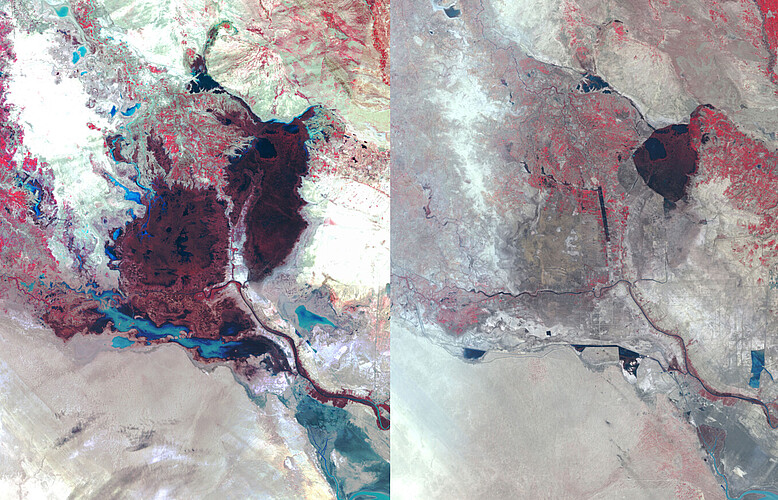studio raumproduktion 24: Porous Architecture - The becoming boggy edition - the hospitable bog
Porous Architecture - The becoming boggy edition - the hospitable bog
What if - as Bruno Latour writes - we were never modern and the very common dichotomy-based patterns of thought and action prove inadequate? Nature - technology, man - environment, culture - science are pairs of concepts that are symptomatic of this way of thinking. What if the polarities of the conceptual pairs never really existed? The climate crisis makes us realize that we need more connected forms of thinking and acting, more integrated forms of making architecture. Our preoccupation with designing and practicing a more-than-human architecture began two semesters ago with the project "designing for the more than human" and continued last semester with "porous architecture - becoming soil".
With the project cycle Porous Architecture we are looking for ways out of dichotomous thinking, we are looking for ways in which we can (co)produce and design spaces with an eco-social approach. With the design project "the hospitable marshland" we want to deal with three concepts in particular: Porosity (or porous architecture), hospitality and the marshland, the bog, the swamp.
Porous - architecture can be read as an expression of diverse relationships. Architecture can be used to shape future relationships. Architecture often separates - typically between inside and outside, warm and cold, dry and wet and at the same time human and non-human. How can a planetary architecture be achieved whose basic paradigm is connection and not separation? An architecture that is also a living space, for example, or whose materiality specifically combines with local resources and technologies? At the end of the design project, you will develop projects that interpret the qualities of the porous in different ways.
Hospitality - We read hospitality in the sense of a feminist spatial practice as "making space for others". It includes trust, openness, generosity and the invitation to be together, to exchange. We examine spatial configurations and spatial practices and create situations of hospitality ourselves, which translate the research into a common action. This part of the project is performative, live, social, 1:1.
The swamp area - The Floating University is once again the site of our work. We are cooperating with the Space Team of floating e.V. to work on transformation architectures that strengthen the floating as a living space for many. One future scenario is that the concrete basin is unsealed and a swamp and marsh landscape is created in which frogs, dragonflies and other creatures live together. Spawning lines in the reeds, spontaneous vegetation such as willows grow and provide shade. The concrete basin becomes a biotope with a human learning and research enclave in the middle. We want to explore the swamp / moor as a habitat and find out how we can learn from it and make architecture more swampy.
Studio times every Wednesday 2 pm - 6 pm @Floating
Phase I: Artistic research and context with Space Group Floating e.V.
Care repair days @Floating: 22.04 (10am-6pm) 22.+23.04 (9.30am-5.30pm)
29.04-05.05: Excursion "Brave New Alps" Bolzano, Rovereto and Venice wetlands with La Foresta, Lungomare, Veras...(see separate post)
Phase II: impromptu - design by time - design by body + workshop with Sabine Zahn - design by other
Phase III: Design proposal! With Juan Chacon, Zuloark.
Discursive Dinners @Floating - everyone welcome!
29.05 - 6pm with Teresa Dillon (soft agency) artist and educator / researcher; (Professor of City Futures, UWE Bristol), Alexander Römer (constructlab) architect, designer and carpenter.
26.06 - 6pm hybrid night with Studio Betti "MUD Robots" UdK - Studio Bader " the hospitable bog" UdK - Studio Woditsch "Tomorrow Comes Today" TH Nürnberg
03.07 - 6pm with Carmen Lael Hines; practice-based researcher, curator and artist; Corinna Studier architect, researcher.
The number of participants is limited to 15 students.
